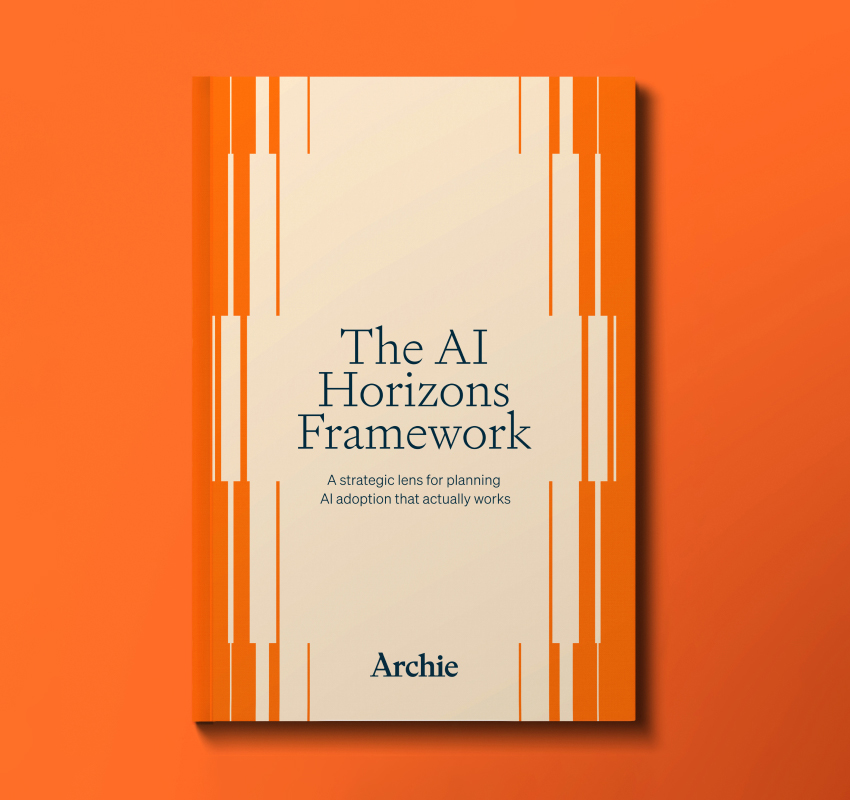Bye Bye Chatbots, Hello Agents!
Chatbots were just the beginning, agents are redefining what’s possible for accounting firms. Less hand-holding, more doing. Less “if this, then that,” more “Hey, I finished this task, what’s next?” Agentic AI isn’t just smart, it’s self-driven; and it can (and will!) change the game.
We've all experienced chatbots and AI assistants that can answer questions and provide information. But that's just the first generation of AI technology. Today, we're witnessing the emergence of something far more transformative: truly agentic AI.
What makes AI "agentic"? Unlike chat-based systems that simply respond to queries, agentic AI can independently take action, make decisions, and complete complex tasks. Think of it as the difference between having an intern who needs constant direction versus having a seasoned professional who can work autonomously.
For accounting firms, this shift from reactive to proactive AI is revolutionary. Here's what truly agentic AI can do:
- Independently review financial documents, flag inconsistencies, and generate comparative analyses without human prompting
- Proactively reach out to clients when it's time to collect quarterly statements or tax documents
- Monitor deadlines and compliance requirements across multiple clients, initiating necessary workflows automatically
The key difference is autonomy.
While chat-based AI requires constant human direction ("analyze this," "compare that"), agentic AI understands the broader context of accounting workflows and can initiate actions on its own.
But here's what's crucial to understand: this technology isn't about replacing accountants—it's about addressing the industry's pressing challenges. With fewer graduates entering the profession and experienced professionals retiring, firms need solutions that can help bridge the talent gap while maintaining service quality.
Agentic AI becomes a true team member, handling routine tasks and client interactions independently, allowing human accountants to focus on strategic advisory work and complex problem-solving. It's not just about automation but scaling human capacity and expertise.
The future of accounting isn't about choosing between human or AI but getting them to partner, each bringing their strengths to the table. Agents handling the routine and repetitive tasks with consistency and tireless efficiency, while human accountants can focus on building deeper client relationships and providing the strategic insights that only human experience can deliver.




